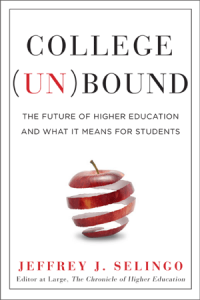4. She is a researcher at Semnan University, Faculty of Management and Economics, Iran, Higher Education.
5. privatization- this is the concept that a private industry or one not operated by the government is allowed to provide students and even universities with loans so that they may achieve goals. In this case students are allowed to attend college despite its high and rising price. Students as a result collect personal debt which allows companies and universities to make money and for the government to not risk as much money on each student's education.
costumer (public vs private)- this refers to the growing trend that universities look at students in economic instead of political terms which has resulted in schools becoming increasingly streamlined in order to maximize profits and to raise tuition in order to make more money. The debate on whether the government should take a role in this is based in does higher education only benefit the individual so it should be an individual's issue or does it effect the community therefore the government should do more than just encourage people to attend school
6. "The labels ‘‘public’’ and ‘‘private’’ most often refer to the founding bodies or funding
sources of an institution. The terms are regularly used to infer the groups or sectors that
benefit from the institutions’ services. However, studies show that public as well as private
higher education can contribute to both public and private good...should accomplish the main missions of higher education including education, research and providing services to community" (Jamshidi 791-792)
"Privatization in higher education refers to the process in which schools and universities
(both public and private) act according to characteristics and norms of the private sector,
operate in a business-like and market-oriented manner, respond to consumer and customers’
expectations and show more reliance on private funding instead of public funding.
In this process, the students are considered as customers and education is considered as a
product with the most important elements of funding, competing institutions, labor market
conditions, increasing income, and active marketing" (Jamshidi 792)
"In the 1980s, structural modification programs included policies to decrease both the
role of the state in development and the level of fiscal scarcity. These policies had an
impact on the public sector in general and on publicly funded education, in particular. In
addition, some of the measures preferred the diversion of public resources from education
to the productive sectors and the diversion of public investment from the higher to the
lower levels of education." (Jamshidi 793)
7. This is going to be used to justify and support the theory of privatization as part of my argument and how it is creating a bubble/ enslaved society to colleges which are more interested in "making out like bandits" than carrying about the education and future succes of their students/ the value of their degree





